Jordan is a small country, bordering with Israel, Lebanon, Iraq, Syria, and Saudi Arabia. The impact of the influx of Palestine refugees, combined with the loss of trade with Iraq its main trading partner has had a significant impact on its economy. It is ruled by a Monarchy, the current one being King Abdullah 2. It is 80% desert, and despite having the fertile valley of the Jordan River running down its centre, has a severe water shortage. The easiest way to enter Jordan is to take the ferry from the Egyptian port of Nuweiba directly to the Jordanian resort town of Aqaba, on the western shores of the Gulf of Aqaba. The ferry was scheduled to sail at two pm, and we arrived at the port early since we anticipated an arduous couple of hours clearing Egyptian customs, based on our experience entering the country. However it went smoothly and quickly and we had a few hours to kill before we were directed into the hold of the high speed ferry to Aqaba. We barely had time to settle into our seats in the passenger deck when the captain asked us to return to our vehicles so that we could drive ashore.
Enlarge

Adventurouspirits
Our campsite in Aqaba had a splendid view.
Enlarge

Adventurouspirits
The friendly customs official had asked if we were going to visit Wadi Rum whilst we were in Jordan. We had never heard of it, but a poster above his head showing a spectacular desert scene awakened our curiosity. After some research, we discovered that this desert nature reserve lay a mere 100kms north of Aqaba, so we decided to visit it on out way to the famous city of Petra. It is difficult to find words to describe accurately the magnificence of these rocks and desert wonderland. Since we were fortunate enough to have our own four-wheel drive vehicle, we could explore the furthest reaches by ourselves and on our own schedule. After deflating the tires so that we could get better traction on the soft sand we hooked up our trusty GPS navigation system and set off to get acquainted with this stunning place.
Enlarge

Adventurouspirits
Enlarge

Adventurouspirits
Enlarge
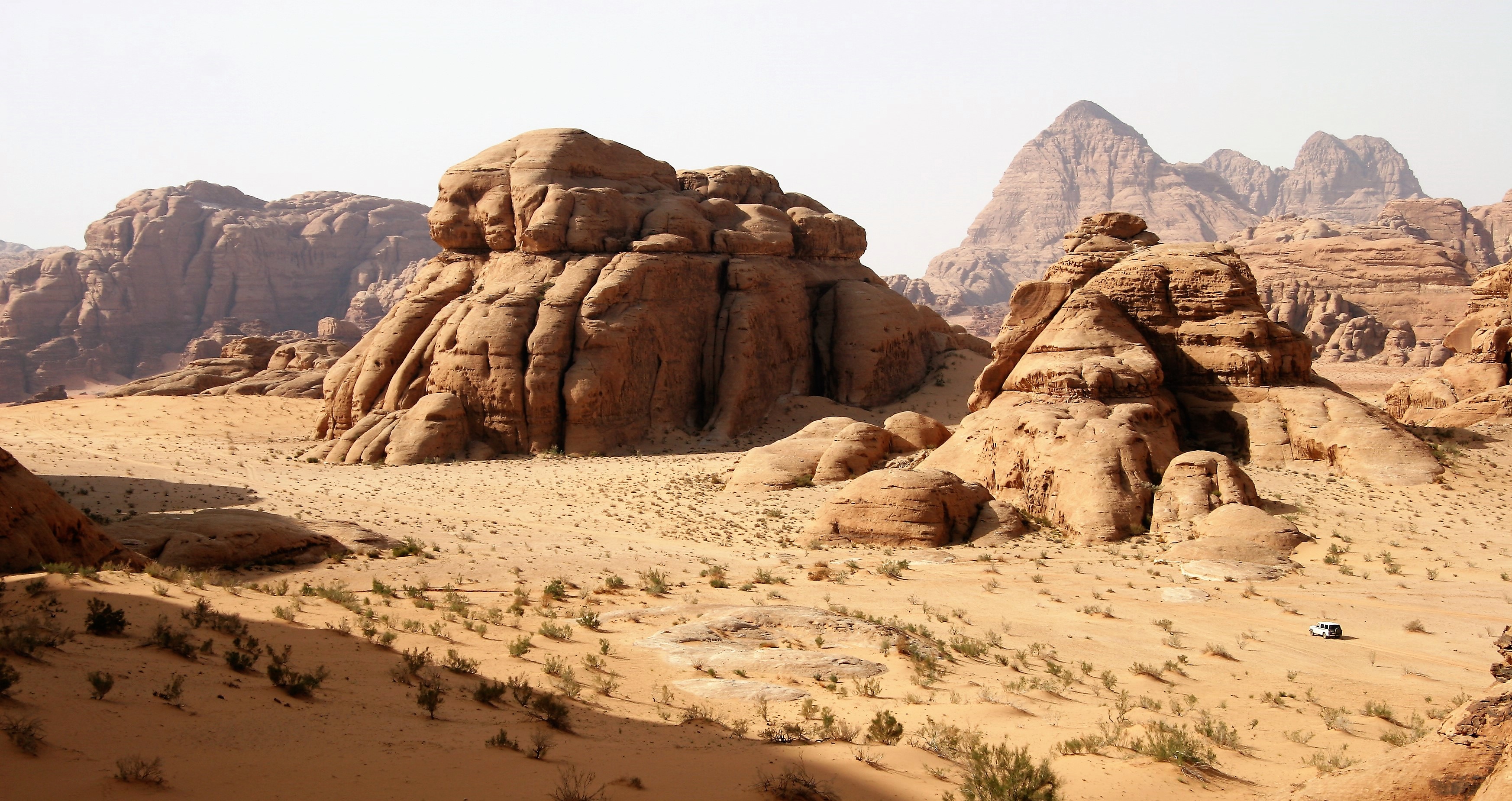
Adventurouspirits
Enlarge

Adventurouspirits
We drove through a lunar like scenery of deep ravines cut into the ancient multi-coloured sandstone. Our vistas where filled with as many hues of oranges, reds, and browns as you can possibly imagine. Our road went wherever there were tracks; we spent hours exploring, often completely on our own, surrounded only by the soft desert wind and the reminder that time has no meaning in a place like this.
Enlarge
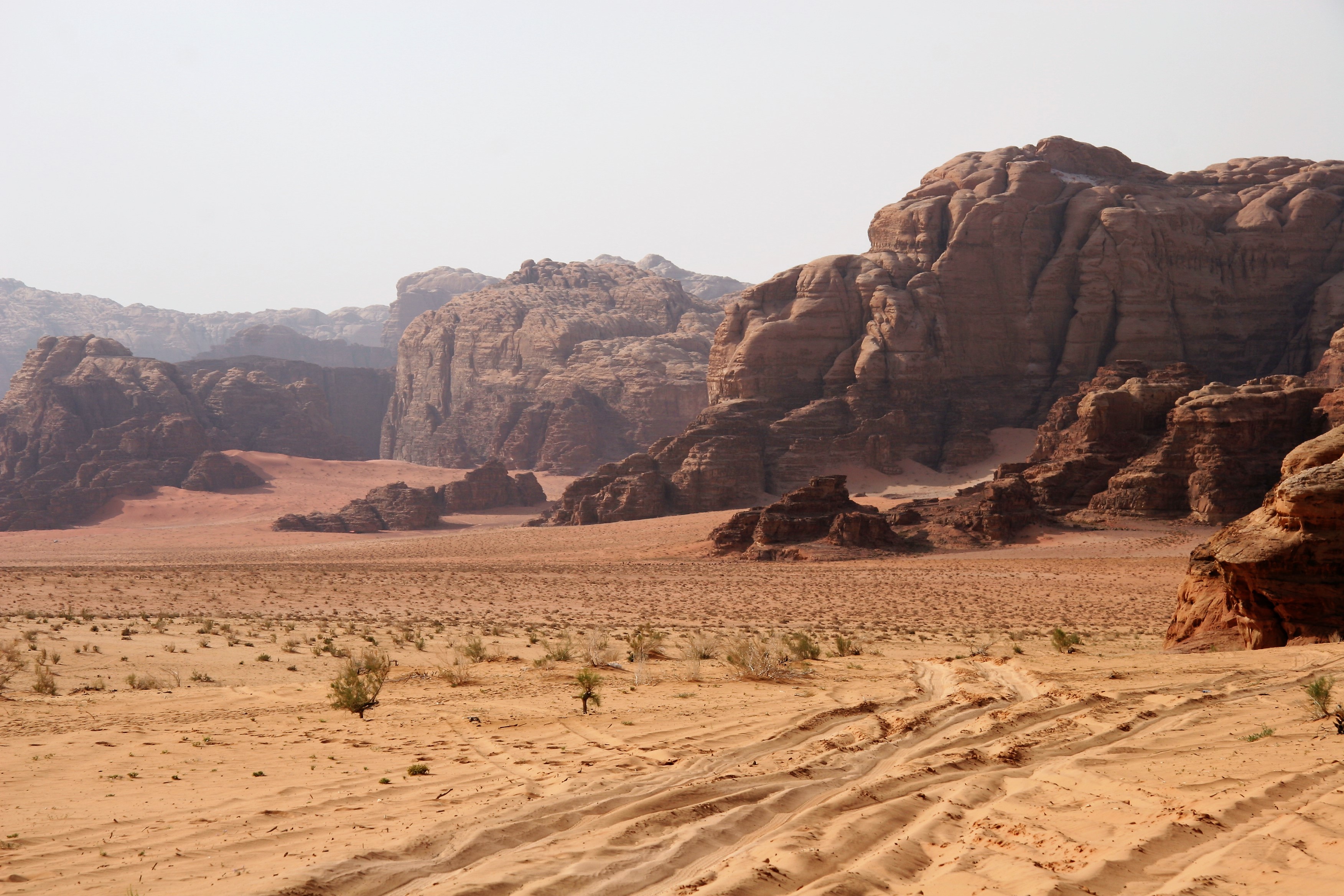
Adventurouspirits
Enlarge

Adventurouspirits
The driving was fun and the Land Cruiser once again showed its capability as we traversed thick desert sand with ease. We reflected on how skilled we had become at handling off-road conditions and laughed at remembering our tentative beginnings so many months ago.
Enlarge
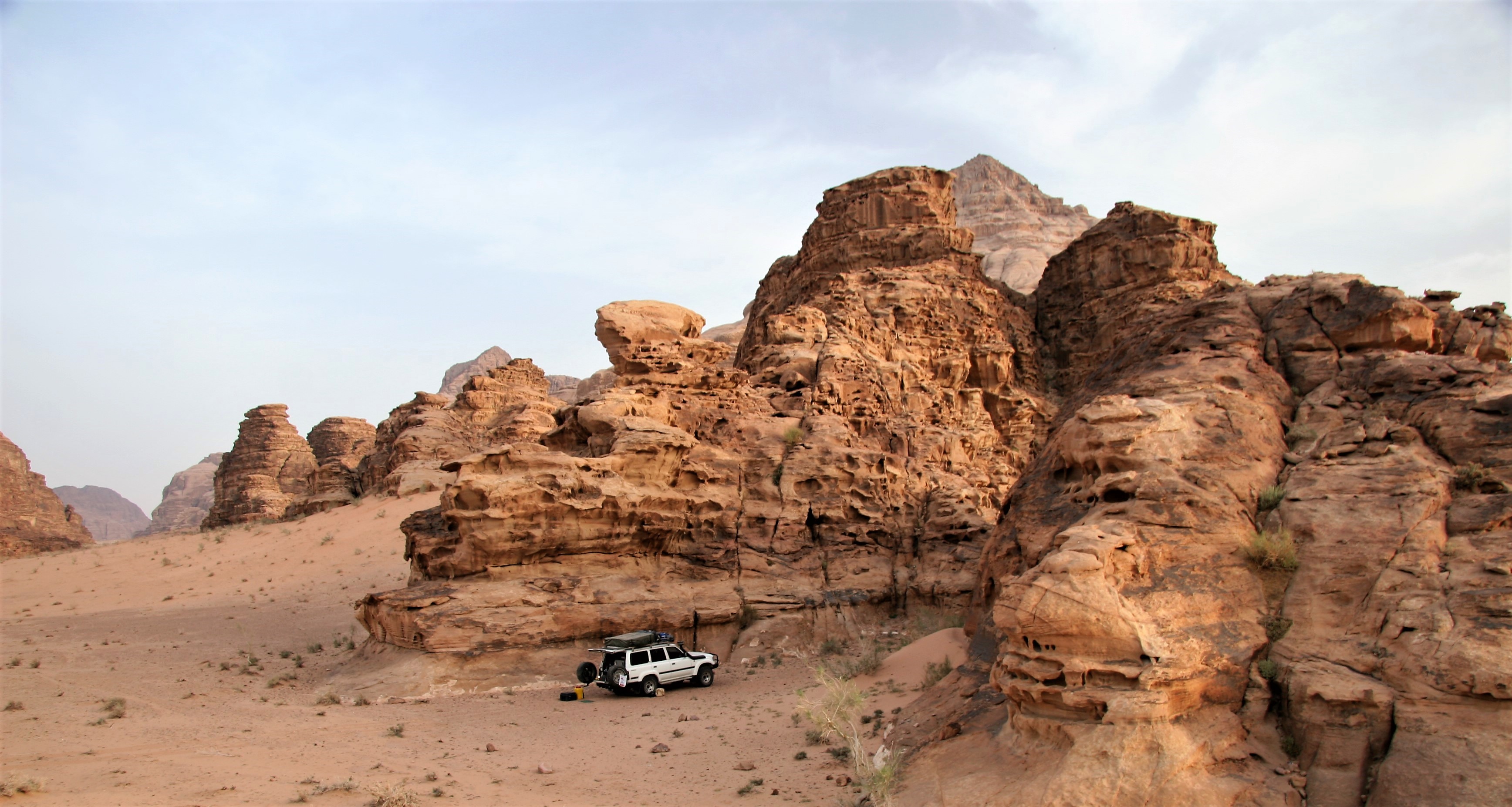
Adventurouspirits
Petra, an ancient city in the southern Jordan, is truly remarkable and one of the most spectacular sights in the Middle East. Petra was the capital of the Nabataean kingdom during the 6th century. Hewn from towering sandstone rocks, Petra is remarkable both as an archeological site and as a geological wonderland. Shades of rose, yellow, blue and white blended in intricate patterns in the rock add to the magical and mystical ambiance of Petra. The pathway to the city itself is through a narrow, long, and winding gorge known as the Aq Sig.
Enlarge

Adventurouspirits
Enlarge

Adventurouspirits
After walking the 1.2 km through the narrow gorge and despite knowing what lay ahead, we were both still stunned at the sight of the Treasury (Al Khaznek) coming into view. It is breathtakingly magnificent. Carved out of sandstone it once served as the tomb of the Nabataean King Aretas 3rd.
Enlarge

Adventurouspirits
Enlarge

Adventurouspirits
Enlarge

Adventurouspirits
Enlarge

Adventurouspirits
We spent the day wandering through the city, marvelling at the Royal Tombs, theatre, and street of facades. We could only just imagine what this site may have looked like 3500 years ago.
Enlarge

Adventurouspirits
Enlarge

Adventurouspirits
Enlarge
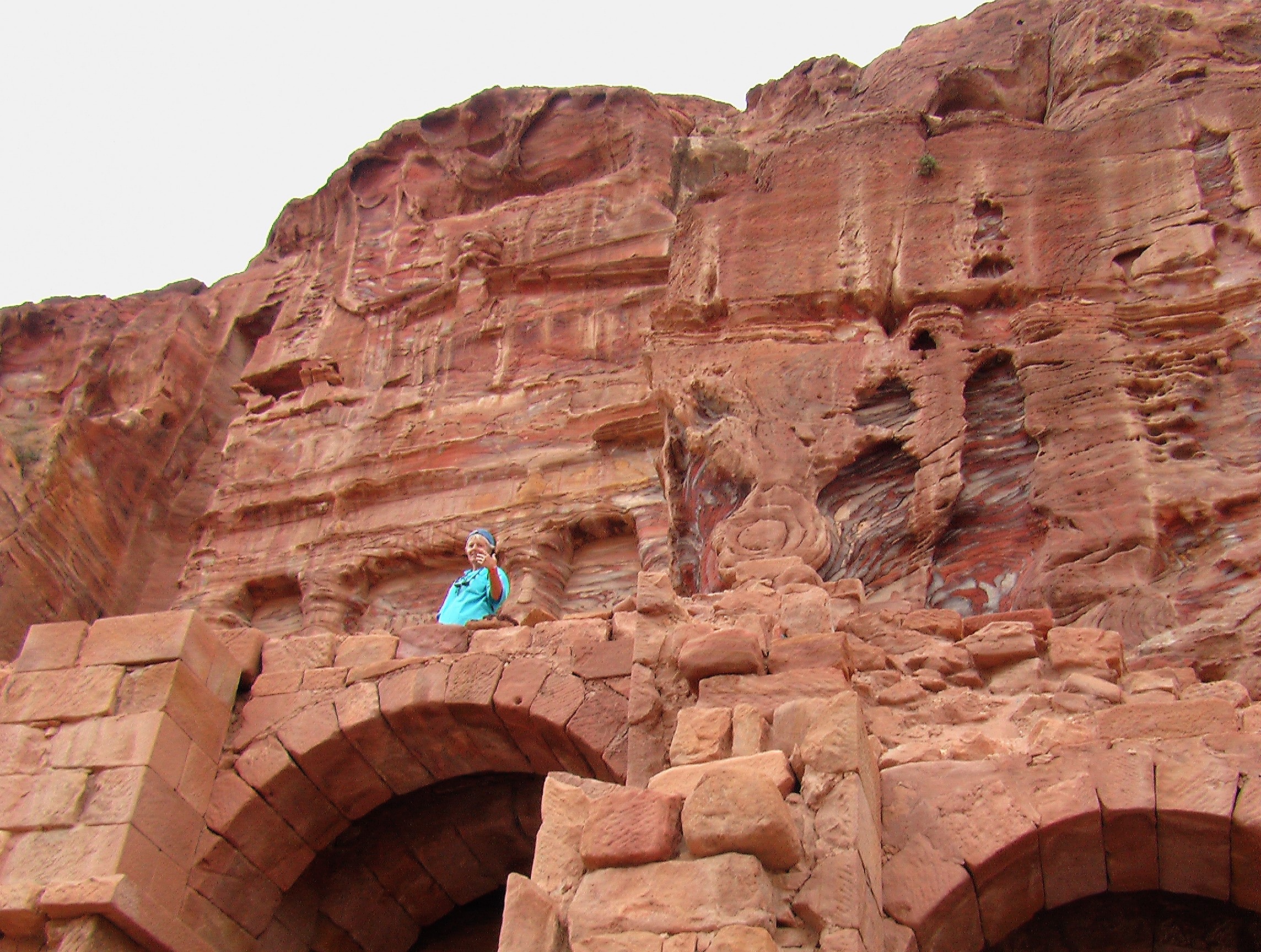
Adventurouspirits
Enlarge

The iron rich sandstones weather in such a way giving rise to Petra being known as the ‘Rose City’
Enlarge

Adventurouspirits
Enlarge

Adventurouspirits
Enlarge
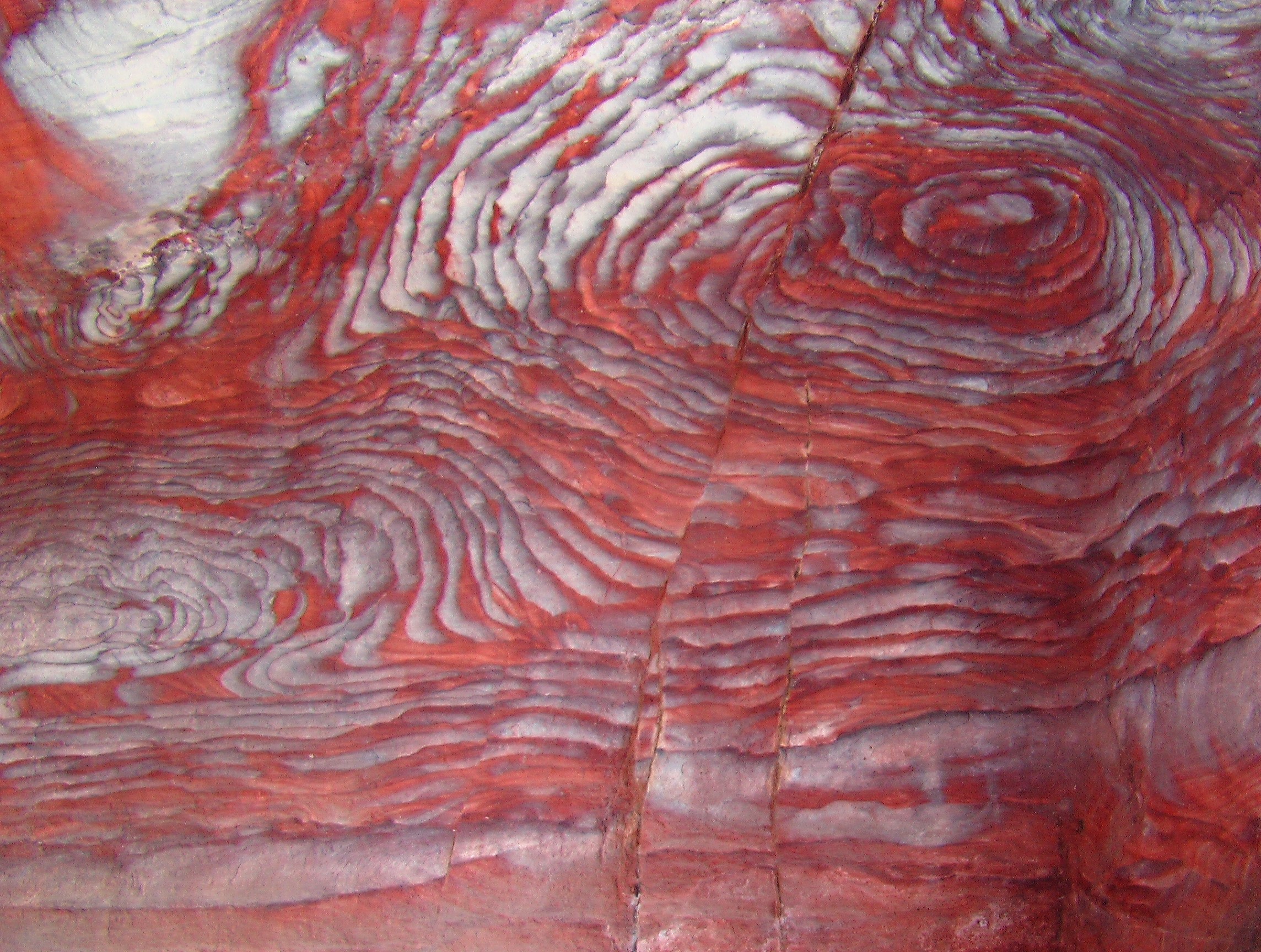
Adventurouspirits
You would not have to hire a decorator if this was your home. Mother nature will provide the ambience.
Enlarge

Adventurouspirits
Petra taxi for hire.
Enlarge

Adventurouspirits
A most ancient route. The King’s Highway winds its way through the different ecological zones of the country, including forested highlands, open farmland plateaus, deep ravines, the edge of the eastern desert, and the warm tropical Gulf of Aqaba. First mentioned by name in the Bible , the King’s Highway was the route that Moses wished to follow as he led his people north through the land of Edom, which is in southern Jordan. At Mt Nebo Moses was granted a view of the Promised Land. The view from the summit provides a panorama of the Holy Land and, to the north, a more limited one of the valley of the River Jordan.
Enlarge

Adventurouspirits
Enlarge

Adventurouspirits
Enlarge

Adventurouspirits
We now turned south towards the Israeli-Jordan border post near the town of Eilat. It was time to cross into our last country and the one we would return home from. Before tackling the border crossing we stopped at the site thought to be where Jesus was baptized. What an incredibly historically rich place this small country is. For all religions.
Enlarge

Enlarge

I was surprised how insignificant looking the Jordan River is. Apparently all the farms, pollution and cities along its path has dramatically reduced both the quality and quantity of the water flowing within its banks. It is now in danger of disappearing completely.
Enlarge

Enlarge

The Israeli flag fluttering in the wind across the fence was an indication of how close Israel was to this holy Christian site. Tomorrow we would tackle the legendary Israeli border patrol.
